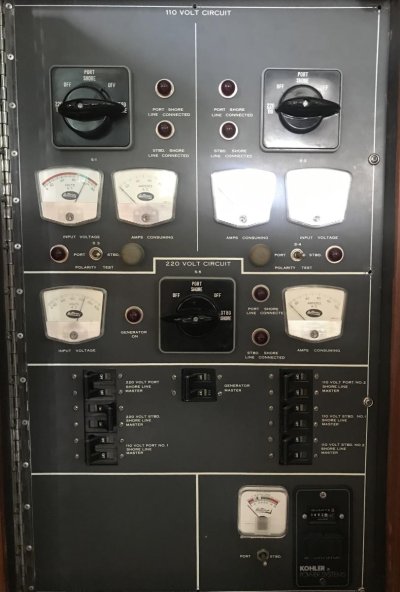If you've got a clamp-type ammeter, whether coil or field effect, you can clamp around the hot and neutral (but not grounding conductor) dock-side and see what the meter reads. Any reading you see is current leaking. The basic idea is that the black and white should be in balance in opposite directions, so they should net out to 0. If that doesn't happen, current is going somewhere else. If you have 2-phase or 3-phase service, e.g. more supply wires than just H-N-G, just clamp around all of the wires, except the grounding conductor.
If you can get into the power pedestal, you may be able to clamp there. Otherwise, some people make adapters with no outer sheath on the cable (still insulation on each individual wire) from dock power cord ends from West Marine, Defender, Amazon, etc, and some individual pieces of wire.
You can also clamp just inside of your boat's shore power inlet, but you won't be able to see leaks on the dock side of wherever you clamp, so if you clamp inside your shore power inlet, you won't see leaks in the inlet wiring or shore power cable. And, each can be a suspect.
You can start out with all of your boat's AC breakers (but not the shore power breaker) off. Then turn on your boat's AC main breaker and check for leakage. If there is, it is in the between the main breaker and where you are testing, e.g. shore power inlet wiring, etc. Once you have confirmed good or squared away, check each of your AC circuits one at a time. If you find a leaker make note of it to address later. Then, turn all of the circuits that looked good on together and confirm that they cumulatively are okay. The roughest situation is when a bunch of circuits have tiny, hard-to-notice problems that collectively add up to a larger one. If this happens to you, you can try again, watching much more carefully for tiny leak currents. You can also try groups of circuits to see if you can isolate some groups as being good and some as having suspects.
Once you find any leakers, you can check their wiring, etc, to see square it away.
I hope this helps! Happy hunting!

